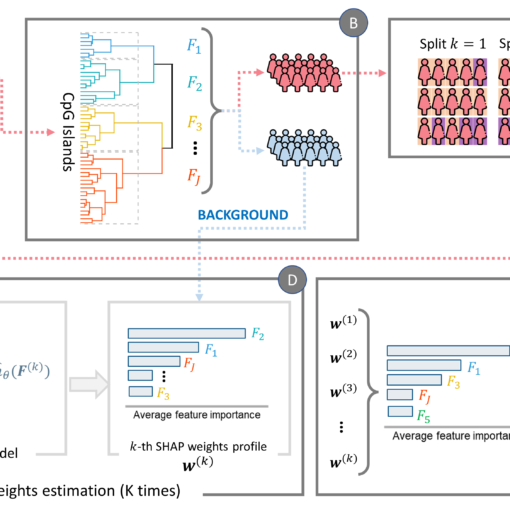A new MOX report entitled “Physics-based Compact Modelling of the Analog Dynamics of HfOx Resistive Memories” by Vaccaro, F.; Brivio, S.; Perotto, S.; Mauri, A.G.; Spiga, S. has appeared in the MOX Report Collection.
The report can be donwloaded at the following link:
https://www.mate.polimi.it/biblioteca/add/qmox/36/2022.pdf
Abstract: Resistive random access memories (RRAMs) constitute a class of memristive devices particularly appealing for bio-inspired computing schemes. In particular, the possibility of achieving analog control of the electrical conductivity of RRAM devices can be exploited to mimic the behaviour of biological synapses in neuromorphic systems. With a view to neuromorphic computing applications, it turns out to be crucial to guarantee some features, among which a detailed device characterization, a mathematical modelling comprehensive of all the key features of the device both in quasi-static and dynamic conditions, a description of the variability due to the inherently stochasticity of the processes involved in the switching transitions. In this paper, starting from experimental data, we provide a modelling and simulation framework to reproduce the operative analog behaviour of HfO$_x$-based RRAM devices under train of programming pulses both in the analo! g and bin ary operation mode. To this aim, we have calibrated the model by using a single set of parameters for the quasi-static current-voltage characteristics as well as switching kinetics and device dynamics. The physics-based compact model here settled captures the difference between the SET and the RESET processes in the I-V characteristics, as well as the device memory window both for strong and weak programming conditions. Moreover, the model reproduces the correct slopes of the highly non-linear kinetics curves over several orders of magnitudes in time, and the dynamic device response including the inherent device variability.



